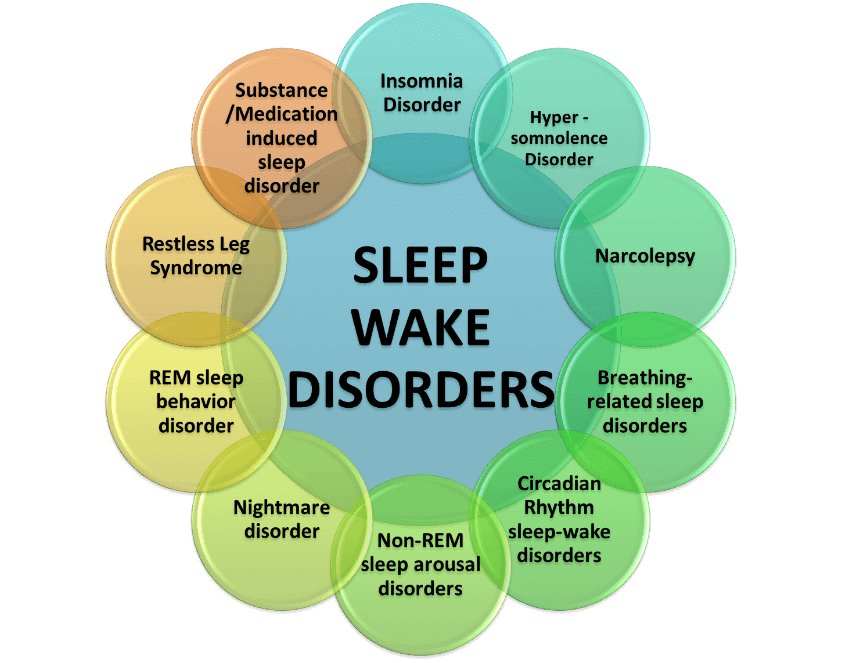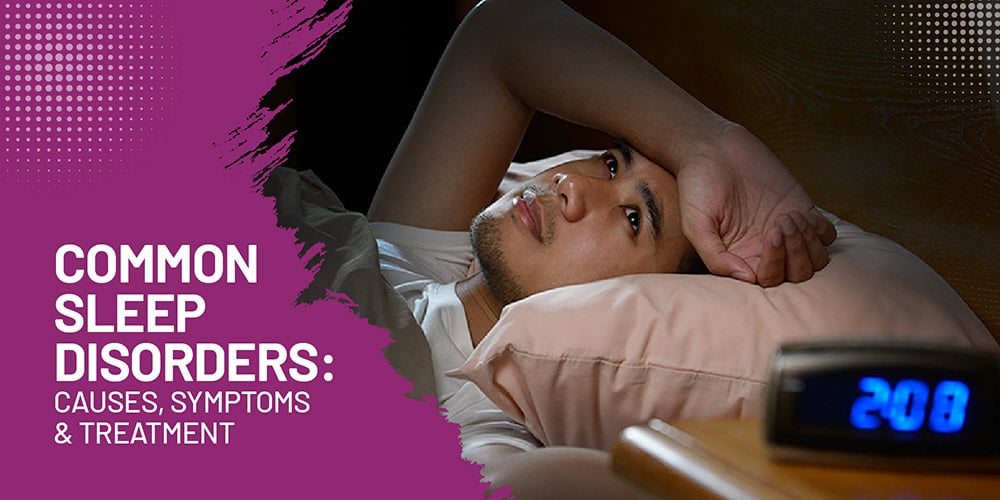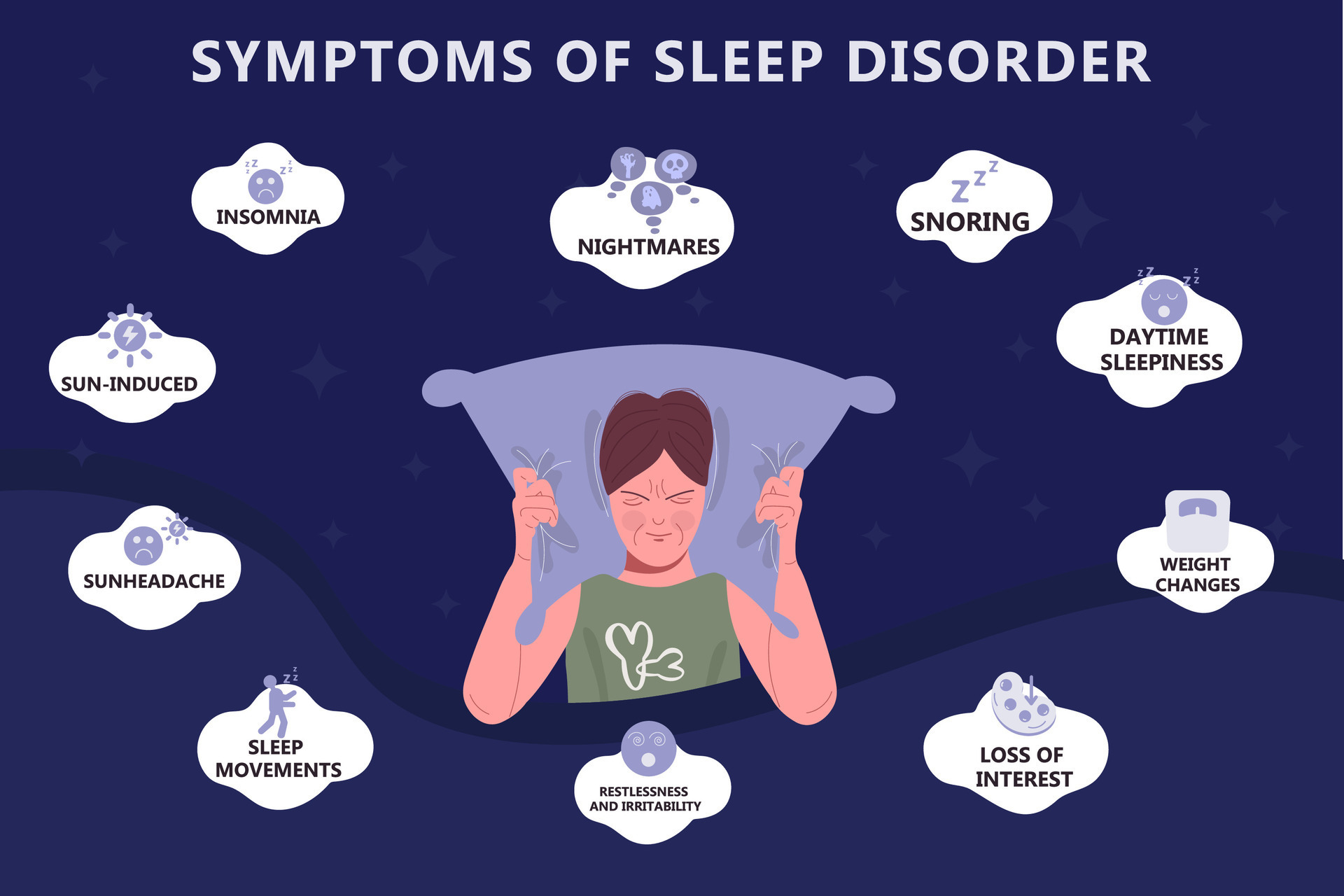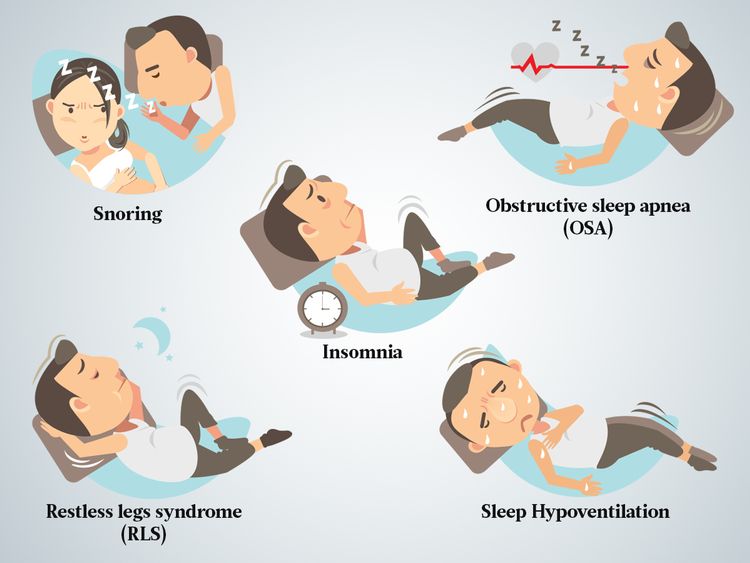Sleep Disorders Include All Of The Following Except

The quiet hours of the night, intended for rest and rejuvenation, become a battleground for millions plagued by sleep disorders. Snoring, insomnia, and restless legs—these familiar disruptors are just the tip of the iceberg. But amidst this complex landscape of sleep disturbances, it's crucial to understand which conditions truly qualify as diagnosable disorders, and which fall outside that definition.
This article aims to clarify the broad spectrum of sleep disorders, focusing on distinguishing genuine medical conditions from common misconceptions. We'll delve into the recognized categories of sleep disorders, examining their symptoms, causes, and potential treatments. More importantly, we'll pinpoint what definitively doesn't classify as a sleep disorder, helping readers differentiate between normal sleep variations and genuine medical concerns requiring professional attention. Understanding this distinction is crucial for self-advocacy and informed decision-making regarding sleep health.
What Officially Constitutes a Sleep Disorder?
The American Academy of Sleep Medicine (AASM) and the International Classification of Sleep Disorders (ICSD) provide the definitive frameworks for diagnosing sleep disorders. These organizations classify a wide range of conditions based on specific diagnostic criteria. These criteria rely on factors like sleep duration, timing, quality, and associated daytime symptoms.
Common categories of sleep disorders include insomnia, sleep-related breathing disorders (like sleep apnea), central disorders of hypersomnolence (like narcolepsy), circadian rhythm sleep-wake disorders, parasomnias, and sleep-related movement disorders. Each category encompasses various specific disorders with their own unique features.
Common Sleep Disorders Explained
Insomnia is characterized by difficulty falling asleep, staying asleep, or experiencing non-restorative sleep, despite adequate opportunity for sleep. This can lead to significant daytime impairment in mood, concentration, and overall functioning. It's often linked to stress, anxiety, poor sleep hygiene, or underlying medical conditions.
Sleep apnea involves repeated pauses in breathing during sleep, often caused by an obstruction in the airway. This results in disrupted sleep and reduced oxygen levels, increasing the risk of cardiovascular problems and other health issues. Obstructive sleep apnea (OSA) is the most prevalent form.
Narcolepsy is a neurological disorder characterized by excessive daytime sleepiness and sudden, uncontrollable episodes of falling asleep. Cataplexy, a sudden loss of muscle control triggered by strong emotions, is a common symptom, although not present in all cases. It’s believed to be caused by a deficiency of hypocretin, a neurotransmitter that regulates wakefulness.
Circadian rhythm sleep-wake disorders occur when the body's internal clock is misaligned with the desired sleep-wake schedule. This can be caused by shift work, jet lag, or intrinsic problems with the circadian system. Delayed sleep phase syndrome, where individuals naturally prefer to sleep and wake later, is a common example.
Parasomnias are unusual behaviors that occur during sleep, such as sleepwalking, sleep terrors, and REM sleep behavior disorder. These episodes can be disruptive and sometimes dangerous, often involving complex motor activities or vivid, frightening dreams. They are more common in children, but can affect adults as well.
Restless legs syndrome (RLS) is a sleep-related movement disorder characterized by an irresistible urge to move the legs, often accompanied by uncomfortable sensations. Symptoms typically worsen in the evening and at night, disrupting sleep and causing significant distress. It is often associated with iron deficiency and other underlying medical conditions.
What *Doesn't* Qualify as a Sleep Disorder?
While many people experience occasional sleep disturbances, not every instance of poor sleep qualifies as a diagnosable sleep disorder. Transient sleep problems caused by temporary stress, changes in routine, or minor illnesses are generally not considered disorders. Certain habits or preferences, while potentially impacting sleep quality, may not be classified as a disorder unless they cause significant distress or impairment.
For instance, preferring to sleep with the television on is a habit, but not necessarily a sleep disorder, unless it significantly interferes with sleep quality or causes daytime dysfunction. Similarly, experiencing occasional nightmares or vivid dreams is a normal part of sleep and does not automatically indicate a parasomnia. A preference for a certain sleep schedule, if it doesn't cause problems, is also not a disorder.
Snoring, while often disruptive to bed partners, is not always indicative of a sleep disorder like sleep apnea. Simple snoring, without pauses in breathing or significant drops in oxygen levels, is often considered a social nuisance rather than a medical condition. However, it's crucial to rule out underlying sleep apnea through a sleep study if snoring is loud, frequent, or accompanied by other symptoms.
Beware of Self-Diagnosis
With the abundance of information available online, it's tempting to self-diagnose sleep problems. However, accurate diagnosis requires a comprehensive evaluation by a qualified healthcare professional. This may involve a review of sleep history, physical examination, and potentially a sleep study (polysomnography). Relying solely on online quizzes or general symptom lists can lead to inaccurate conclusions and inappropriate treatment.
A sleep specialist can differentiate between normal sleep variations and true sleep disorders, identifying the underlying causes and recommending appropriate interventions. Treatment options may include behavioral therapies, medication, or medical devices, tailored to the specific type and severity of the sleep disorder.
The Future of Sleep Disorder Research and Treatment
Ongoing research is continually expanding our understanding of sleep disorders, leading to the development of new diagnostic tools and treatment strategies. Advances in genetics, neuroscience, and technology are paving the way for personalized approaches to sleep medicine.
Wearable sleep trackers and telemedicine consultations are becoming increasingly common, offering convenient ways to monitor sleep patterns and access expert care. Future research will likely focus on identifying biomarkers for sleep disorders, developing targeted therapies, and promoting sleep health through public awareness campaigns. Better understanding of the relationship between sleep, mental health and overall wellbeing will lead to better management of sleep related issues.
Ultimately, recognizing the nuances of sleep disorders, including what they are and what they are not, is essential for promoting better sleep health and improving the lives of millions affected by these conditions. Seek professional help when sleep difficulties significantly impact daily life. Remember prioritizing sleep should be a crucial aspect of any holistic healthy lifestyle.

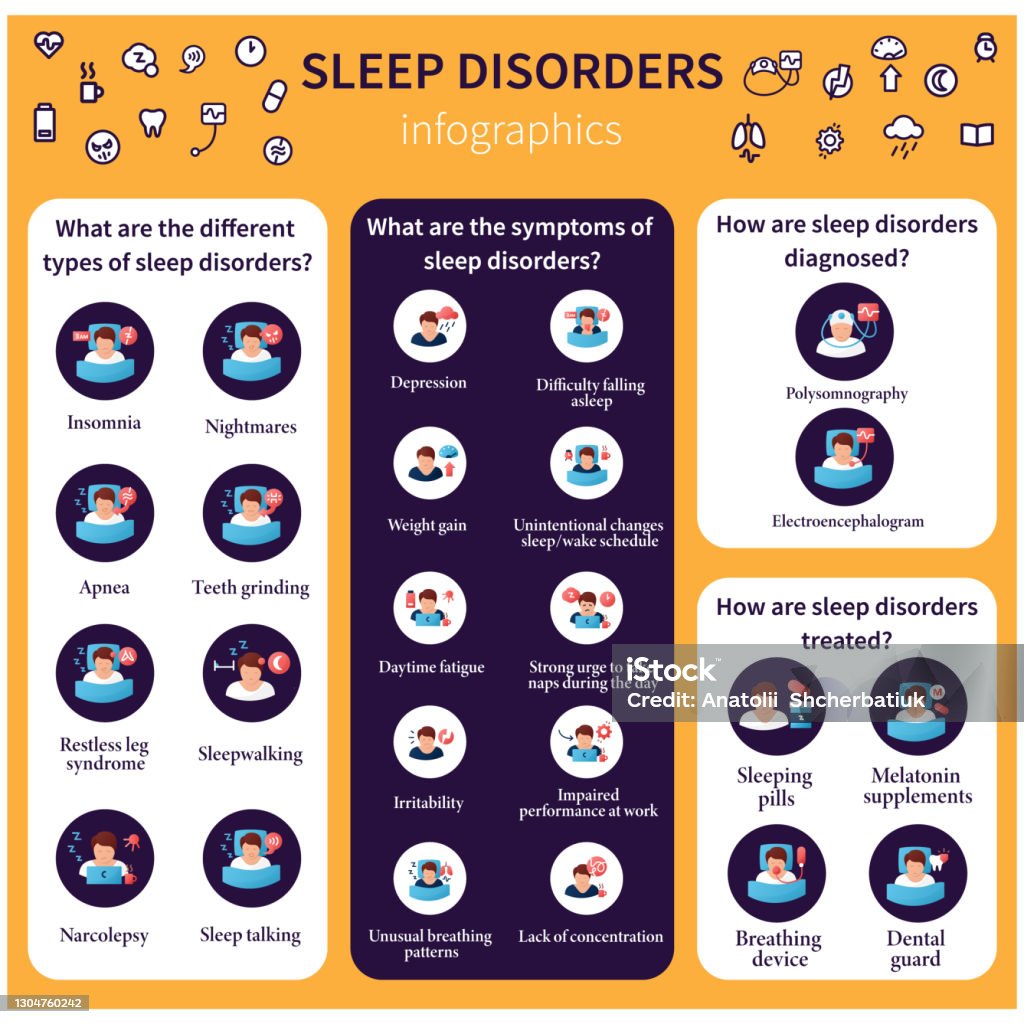
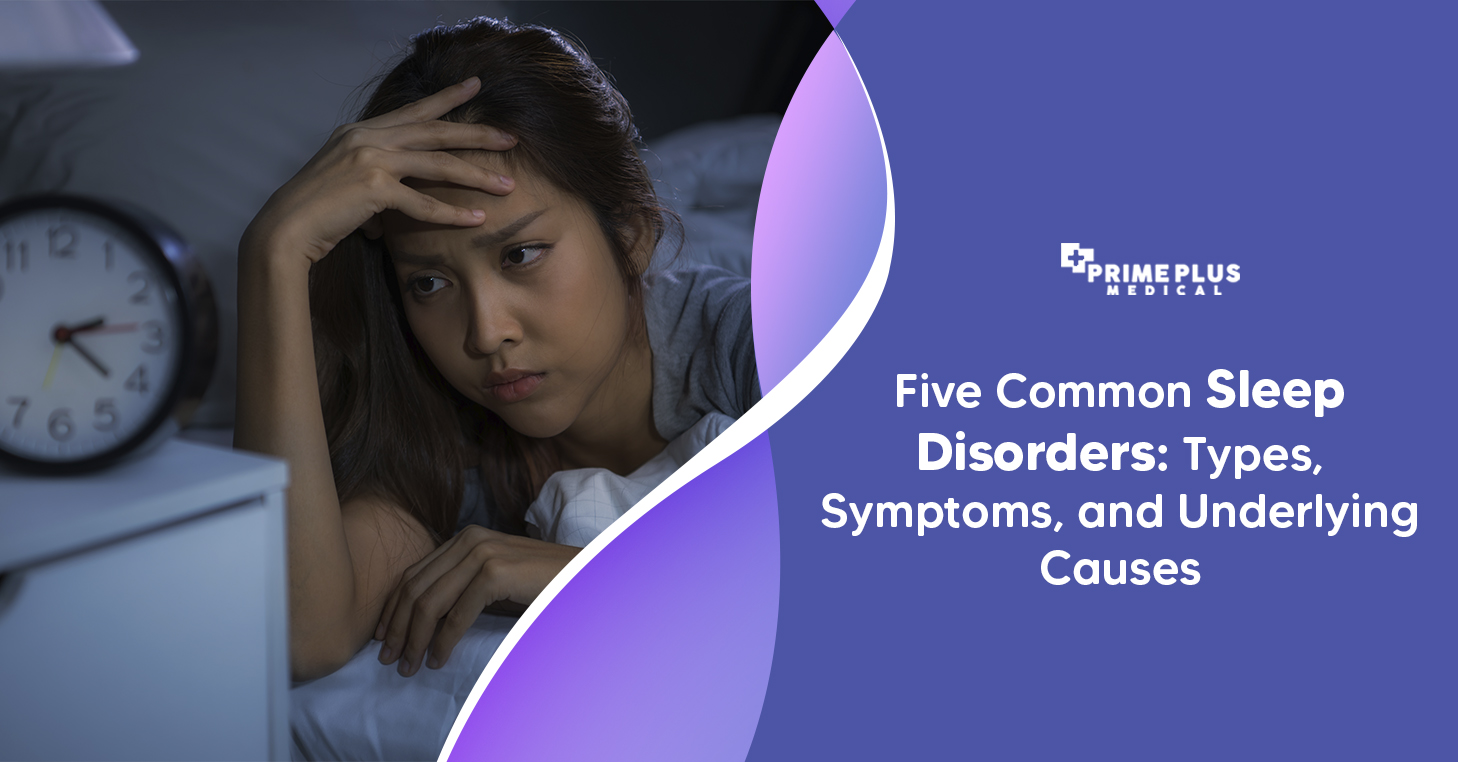


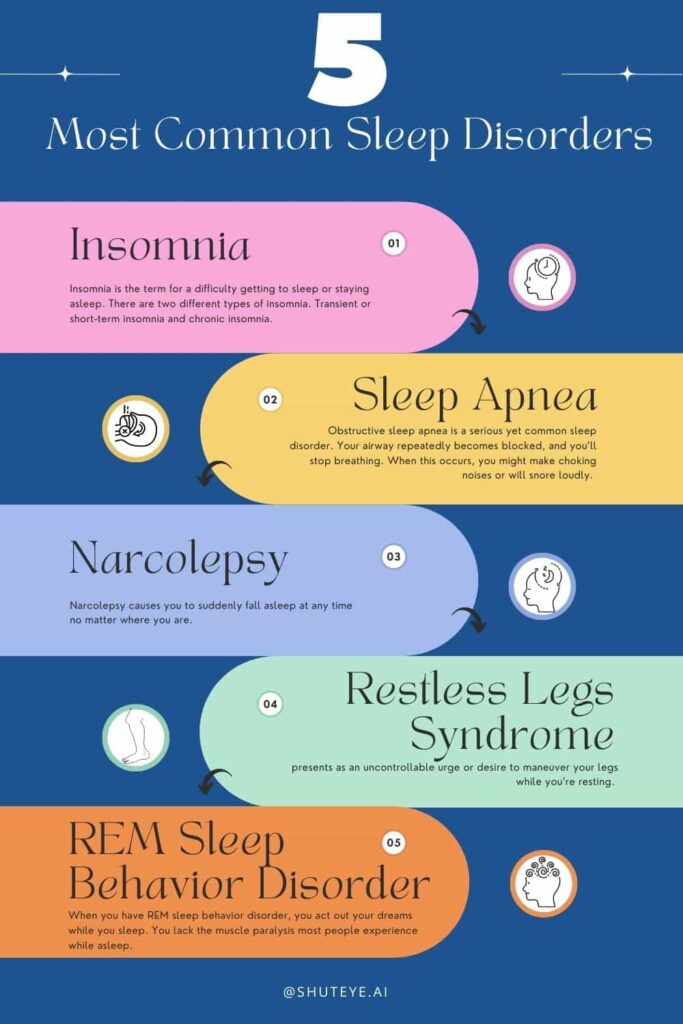
:max_bytes(150000):strip_icc()/Health-Sleep-Disorders-GettyImages-1455777191-BLUE-horiz-d240b58860bd457a83ed710700ed23d7.jpg)
